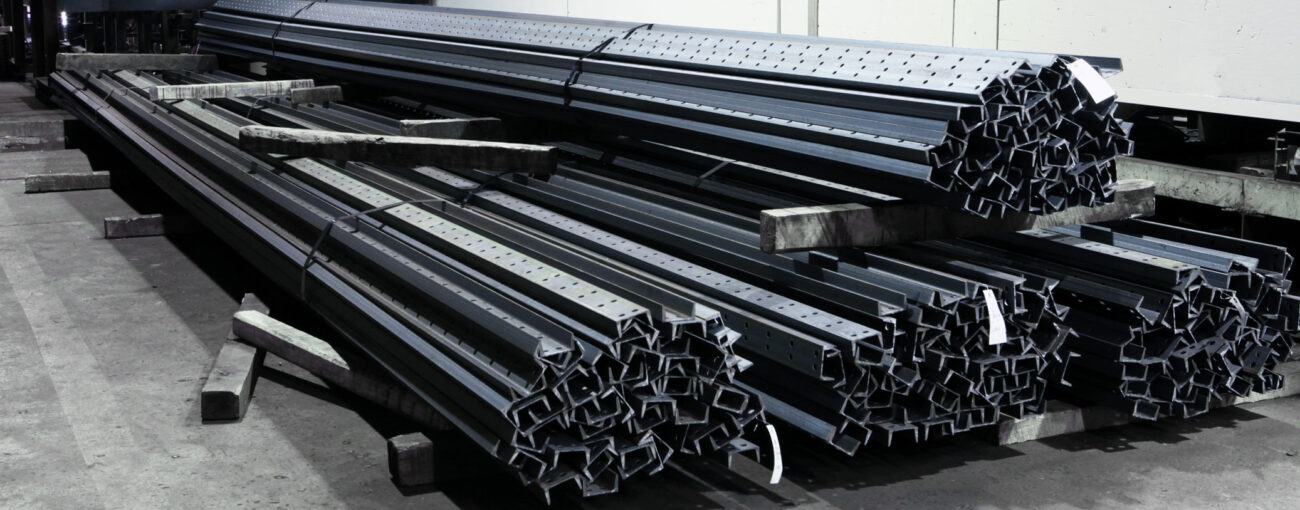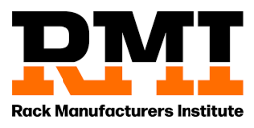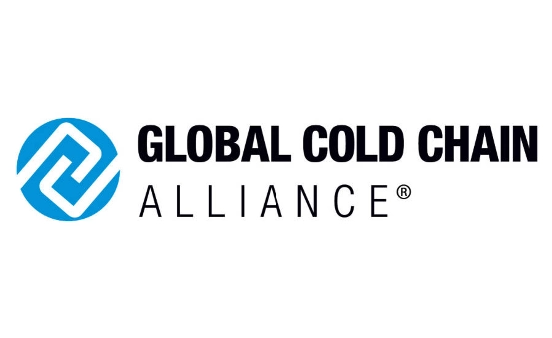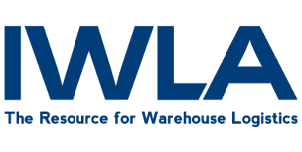Steel pricing has been one of the most closely followed markets within the industrial sector over the last year and half. Continually rising costs caused buyers, who use steel to manufacture finished products, to also raise the prices of their goods. After a long period of price increases, it is fair to ask – will steel buyers catch a break in 2022? What, specifically, about the rack manufacturers buying steel?
2021 Steel Market Recap
Before we start talking about 2022, it is important to understand exactly how the steel market ended up in its current stretch of perpetual increase. Many will blame the ongoing pandemic, but that is “Too easy or rather, too broad,” of an answer according to Frazier Purchasing Manager, Chris Walsh. Walsh is responsible for working closely with Frazier’s network of steel mill partners to make sure we have all the material we need (at the best price points available) to manufacture millions of pounds of structural pallet racking each month.
“Steel demand, coupled with the market’s ability to maintain adequate supply of steel, have been major factors for increased costs. As a result of both supply and demand, the industry has experienced a shortage in supply of steel sections in 2021. This shortage has set a higher equilibrium price in the steel supply and demand curve,” explains Walsh.
Shortages can largely be attributed to 2021’s increased costs and decreased availabilities of raw materials required to produce steel sections. These materials include, but are not limited to, graphite, secondary metals, electricity, and most importantly, scrap metal. Scrap metal is the most significant commodity required to produce new steel sections in electric arc furnace mills. “The value of scrap metal as shown through the increase in the Chicago Shredded Auto Scrap Index has increased by 91% comparing today’s price to the September 2020 price levels. Over a 15-month window the total cost of basic raw materials required to produce Frazier steel sections have almost doubled,” per Walsh.
It is not just the US Steel Market facing challenges either. Frazier is a North American company, so it is important to recognize the same challenges were also faced outside the US. For example, the Mexican steel market, which Frazier uses primarily to supply our Mexican plants, has also seen a significant rise in costs. “Cost savings in Mexico have shrunken significantly compared to US steel pricing. Throughout 2021 Mexican Steel prices have risen to a point that they are now on par and sometimes exceed US pricing. The same factors that were seen in the US were all major factors for the increased costs in Mexico,” said Walsh.
2022 Steel Market Outlook
Going into 2022, supply appears to be catching some ground on demand. Walsh says, “We are seeing signs of price stabilization as well as additional steel production capacities coming online. That being said, I do not foresee any immediate, drastic decreases in steel price.”
“As much as I hate to say it the market currently seems to be in a ‘wait and see’ approach,” opines Walsh. “There are still a lot of fluid factors. We are awaiting what type of impact comes from the new government infrastructure bill’s demand on the industry. The automotive industry historically makes up a large percentage of yearly steel consumption; if their microchip shortage is remedied, they will resume buying steel at higher volumes which will only increase demand,” per Walsh.
There are also foreign steel markets to consider. “The industry is excited to see how the recently revoked Section 232 Steel tariffs on European imports will affect the supply side as a whole. Though the recently amended Section 232 tariffs have kept them from being a major influence on the US Market thus far, the revoked 232 tariffs on European imports could affect supply and therefore result in having influence,” Walsh adds.
That being said, Walsh and the other experts in Frazier’s Purchasing Team have their pulse on the market, monitoring these factors daily. In addition to working with suppliers, they closely reference the Consumer Resource Index (CRU) and American Metal Market (AMM) as two solid, unbiased sources of information. Walsh and the team’s thoroughness places Frazier in a position to anticipate and navigate changes in the market to ensure we are meeting demand at the best steel prices possible in 2022.
Frazier’s Steel Buying Advantages
Regardless of shifts in pricing, Frazier customers can always count on our buying advantages in the steel market. According to Walsh, Frazier buys well over 200 million pounds of steel a year to supply our ten manufacturing facilities across North America. As a result, Frazier maintains solid relationships with many merchant bar quality steel mills in the US, Canada and Mexico.
“Because of our size, we are able to ‘think’ globally in terms of strategy, but then ‘act’ locally with the steel mills due to our Flexible Manufacturing Network. We have strategically designed our network to be in proximity around our mill partners. This really allows us to maintain and grow our solid relationships with them. Having them as our partners is paramount because it affords Frazier the ability to competitively meet and exceed the material needs required to keep our manufacturing facilities producing rack,” Walsh advises. Frazier customers see these savings in terms of lower rack material costs, freight costs and more.
Frazier gladly works with each of our customers on a project-by-project basis to ensure we are purchasing steel for their racking needs at the best price points and availability. Just like our relationship with our steel suppliers, we are in a unique position to be able to “think” globally, yet “act” locally with our customers too; our size affords us the ability to purchase each project’s steel at global prices, yet maintain closer knit, local interactions with our customers.
Contact Us Today to learn more about how you can get the best of both worlds by working with Frazier.








